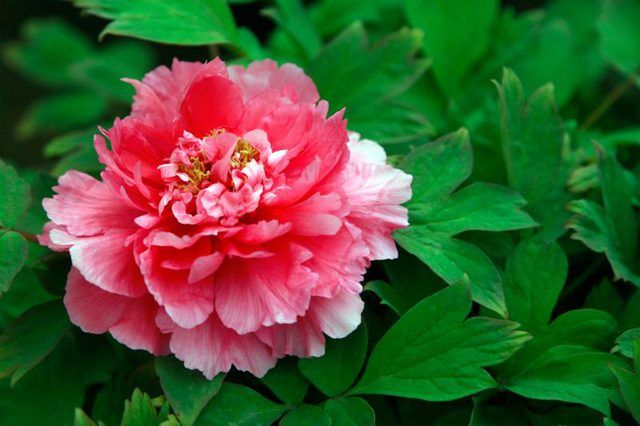Bulbs
Flower Basics
Flower Beds & Specialty Gardens
Flower Garden
Garden Furniture
Garden Gnomes
Garden Seeds
Garden Sheds
Garden Statues
Garden Tools & Supplies
Gardening Basics
Green & Organic
Groundcovers & Vines
Growing Annuals
Growing Basil
Growing Beans
Growing Berries
Growing Blueberries
Growing Cactus
Growing Corn
Growing Cotton
Growing Edibles
Growing Flowers
Growing Garlic
Growing Grapes
Growing Grass
Growing Herbs
Growing Jasmine
Growing Mint
Growing Mushrooms
Orchids
Growing Peanuts
Growing Perennials
Growing Plants
Growing Rosemary
Growing Roses
Growing Strawberries
Growing Sunflowers
Growing Thyme
Growing Tomatoes
Growing Tulips
Growing Vegetables
Herb Basics
Herb Garden
Indoor Growing
Landscaping Basics
Landscaping Patios
Landscaping Plants
Landscaping Shrubs
Landscaping Trees
Landscaping Walks & Pathways
Lawn Basics
Lawn Maintenance
Lawn Mowers
Lawn Ornaments
Lawn Planting
Lawn Tools
Outdoor Growing
Overall Landscape Planning
Pests, Weeds & Problems
Plant Basics
Rock Garden
Rose Garden
Shrubs
Soil
Specialty Gardens
Trees
Vegetable Garden
Yard Maintenance
How to Get Peonies to Bloom
How to Get Peonies to Bloom. For a colorful, showy display of flowers, few plants out-perform the peony (Paeonia spp.), a perennial that grows in U.S. Department of Agriculture plant hardiness zones 3 through 8, with some variation among the different varieties. Although most peonies are attractive even when not in bloom, it can be discouraging...

For a colorful, showy display of flowers, few plants out-perform the peony (Paeonia spp.), a perennial that grows in U.S. Department of Agriculture plant hardiness zones 3 through 8, with some variation among the different varieties. Although most peonies are attractive even when not in bloom, it can be discouraging when a plant fails to bloom or produces only a few flowers. Giving a peony some extra care or making a few adjustments can help prevent or correct this problem.
Plant Maturity and Depth
A peony might not bloom simply because it's too immature; in that case, all you need to do is wait a while to see flowers. If you've recently planted a new, nursery-grown peony, it may take several years to reach a size and maturity that can support flowering. It could take even longer to see flowers -- up to four or five years -- if you've grown the plant from seed. If you're dividing a larger plant to make new plants, the number of dormant buds, or "eyes," on each new division can also influence the length of time before flowers appear. To speed flowering by these new plants, make large divisions with at least three to five eyes each. Planting peonies too deeply can also inhibit flowering, so position new plants or divisions so buds are no more than 1 or 2 inches below the soil surface.
Correct Fertilizer
Although peonies benefit from rich soil that contains a good supply of nutrients, it's important to feed the plants properly and not use too much nitrogen, which can promote growth of stems and leaves at the expense of flowers. For best results, select a granular, low-nitrogen fertilizer such as 5-10-10, applying it at a rate of 2 to 3 pounds per 100 square feet of planted area. Apply the fertilizer once per season in the spring, when the plant's stems are about 3 inches tall, working it carefully into the ground. Keep fertilizer away from the plant's stems to prevent burning, and don't disturb tender new shoots; water the fertilizer in well.
Sun and Other Issues
Peonies need abundant light to set flower buds, so pick a planting site that gets at least six or more hours of full sun daily; a spot that gets too much shade can result in few or no flowers. If you have a peony that's recently stopped blooming, this could be because other nearby plants have become large and block the peony's access to light. Prune back surrounding plants as needed to give the peony more light, or consider relocating the peony to a brighter spot. Removing leaves and stems as you tidy the garden during the summer can also contribute to poor flowering because this weakens the plant and interferes with its ability to store energy for the next year. Delay cleanup until fall, when the plant's growth has slowed and foliage is wilted and partly dry.
Disease Control
Sometimes you might see flower buds develop on a peony plant that don't enlarge, and they eventually dry up and drop off the plant. This can indicate the presence of a fungal disorder such as blight or leaf blotch that stops the bud from producing a flower. These diseases might also cause black spots on leaves and stems. They are best prevented by keeping foliage as dry as possible, so water only at the plant's base on sunny days, and cut peonies back to the ground in late fall, removing all plant debris that can harbor fungal microorganisms. Wear gloves and clean pruning blades in rubbing alcohol between each cut to prevent spreading disease.